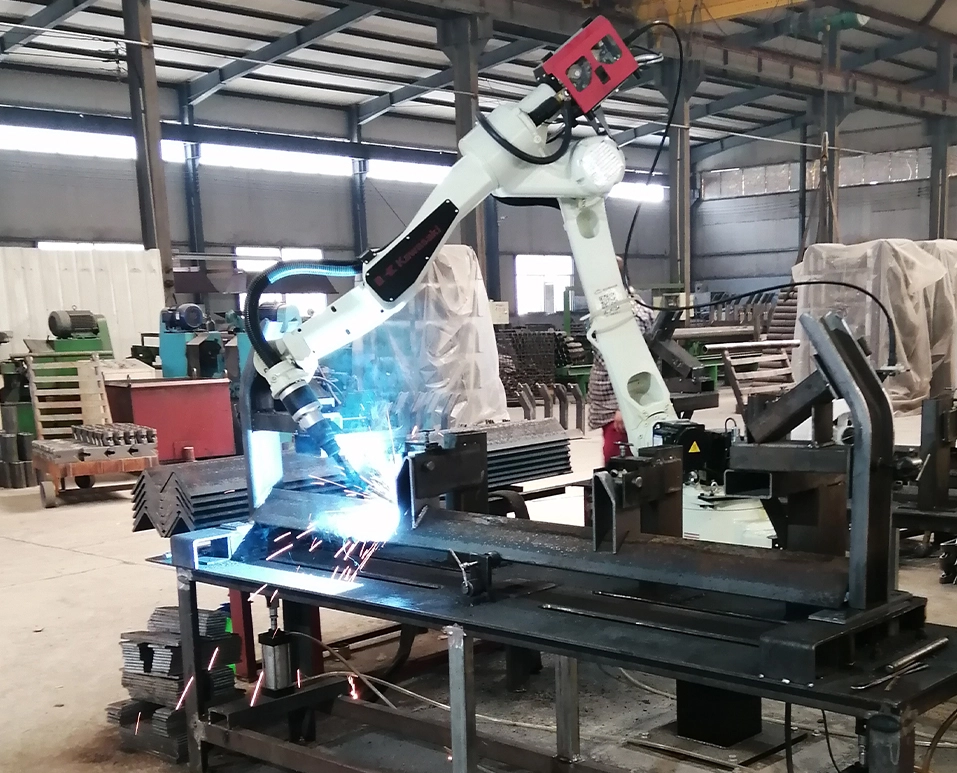 Afrikaans
Afrikaans  Albanian
Albanian  Amharic
Amharic  Arabic
Arabic  Armenian
Armenian  Azerbaijani
Azerbaijani  Basque
Basque  Belarusian
Belarusian  Bengali
Bengali  Bosnian
Bosnian  Bulgarian
Bulgarian  Catalan
Catalan  Cebuano
Cebuano  Corsican
Corsican  Croatian
Croatian  Czech
Czech  Danish
Danish  Dutch
Dutch  English
English  Esperanto
Esperanto  Estonian
Estonian  Finnish
Finnish  French
French  Frisian
Frisian  Galician
Galician  Georgian
Georgian  German
German  Greek
Greek  Gujarati
Gujarati  Haitian Creole
Haitian Creole  hausa
hausa  hawaiian
hawaiian  Hebrew
Hebrew  Hindi
Hindi  Miao
Miao  Hungarian
Hungarian  Icelandic
Icelandic  igbo
igbo  Indonesian
Indonesian  irish
irish  Italian
Italian  Japanese
Japanese  Javanese
Javanese  Kannada
Kannada  kazakh
kazakh  Khmer
Khmer  Rwandese
Rwandese  Korean
Korean  Kurdish
Kurdish  Kyrgyz
Kyrgyz  Lao
Lao  Latin
Latin  Latvian
Latvian  Lithuanian
Lithuanian  Luxembourgish
Luxembourgish  Macedonian
Macedonian  Malgashi
Malgashi  Malay
Malay  Malayalam
Malayalam  Maltese
Maltese  Maori
Maori  Marathi
Marathi  Mongolian
Mongolian  Myanmar
Myanmar  Nepali
Nepali  Norwegian
Norwegian  Norwegian
Norwegian  Occitan
Occitan  Pashto
Pashto  Persian
Persian  Polish
Polish  Portuguese
Portuguese  Punjabi
Punjabi  Romanian
Romanian  Russian
Russian  Samoan
Samoan  Scottish Gaelic
Scottish Gaelic  Serbian
Serbian  Sesotho
Sesotho  Shona
Shona  Sindhi
Sindhi  Sinhala
Sinhala  Slovak
Slovak  Slovenian
Slovenian  Somali
Somali  Spanish
Spanish  Sundanese
Sundanese  Swahili
Swahili  Swedish
Swedish  Tagalog
Tagalog  Tajik
Tajik  Tamil
Tamil  Tatar
Tatar  Telugu
Telugu  Thai
Thai  Turkish
Turkish  Turkmen
Turkmen  Ukrainian
Ukrainian  Urdu
Urdu  Uighur
Uighur  Uzbek
Uzbek  Vietnamese
Vietnamese  Welsh
Welsh  Bantu
Bantu  Yiddish
Yiddish  Yoruba
Yoruba  Zulu
Zulu components of conveyor system
Components of a Conveyor System
Conveyor systems play a crucial role in various industries by enabling the efficient movement of goods and materials. These systems help streamline operations, reduce labor costs, and enhance productivity. Understanding the fundamental components of a conveyor system is essential for anyone involved in the design, operation, or maintenance of these systems. This article will explore the key components that make up a conveyor system and their respective functions.
1. Conveyor Belt
The conveyor belt is the most recognizable component of any conveyor system. It serves as the surface on which goods are transported from one location to another. Conveyor belts can be made from various materials, including rubber, plastic, metal, and fabric, and their choice often depends on the type of materials being transported. For example, heavy items like pallets might require a sturdier belt, while lighter, smaller items could be transported on a more flexible belt. The design of the belt may also include various textures or coatings to increase friction and prevent slipping during transportation.
2. Drive System
The drive system is responsible for propelling the conveyor belt forward. It typically consists of a motor, gearbox, and drive pulley. The motor provides the necessary power to move the belt, while the gearbox reduces the motor speed while increasing torque. The drive pulley, connected to the motor via the gearbox, is the component that directly drives the belt’s movement. Proper selection and maintenance of the drive system are critical to ensure smooth operation and minimize downtime.
Idler rollers are crucial for supporting the conveyor belt and ensuring smooth operation. They stabilize the belt and reduce friction as it moves, which helps to extend the life of the belt. Idler rollers are strategically placed along the conveyor system and may include return idlers, which support the belt on its return path, and troughing idlers, which help contain materials and prevent spillage during transport.
4. Frame
components of conveyor system

The frame is the structural backbone of the conveyor system, providing the necessary support and stability. It is typically made from steel or aluminum and can be customized based on the application and layout of the facility. The design of the frame must accommodate the weight and size of the materials being transported while ensuring that everything remains securely in place during operation.
5. Sensors and Controls
Modern conveyor systems often incorporate a variety of sensors and control mechanisms to enhance functionality and safety. Sensors can monitor the speed, load, and position of materials on the conveyor, allowing for real-time adjustments and feedback. Control systems can automate the operation of the conveyor, including starting and stopping, speed variations, and integration with other machinery. This technology improves overall efficiency and reduces the risk of human error.
6. Safety Devices
Safety is a paramount consideration when designing and operating conveyor systems. Various safety devices are employed to prevent accidents and injuries. These may include emergency stop buttons, safety guards, and pull cords that allow operators to quickly halt the system in case of an emergency. Regular safety inspections and maintenance of these devices are essential to ensure optimal safety standards.
7. Maintenance Components
Routine maintenance is vital for the longevity and reliability of a conveyor system. Various components, such as lubricators, tensioners, and adjustment mechanisms, facilitate maintenance procedures. Regular checks on belts, motors, and other critical parts can help identify issues before they become significant problems, ultimately reducing downtime and repair costs.
Conclusion
The components of a conveyor system work in harmony to create a seamless transportation solution for materials and goods in various industries. By understanding the roles and functions of each component, operators and engineers can ensure that their conveyor systems operate efficiently and safely. Investing in quality parts, routine maintenance, and the latest technology will not only increase productivity but will also extend the lifespan of the conveyor systems, making them a valuable asset to any operation.
-
Revolutionizing Conveyor Reliability with Advanced Rubber Lagging PulleysNewsJul.22,2025
-
Powering Precision and Durability with Expert Manufacturers of Conveyor ComponentsNewsJul.22,2025
-
Optimizing Conveyor Systems with Advanced Conveyor AccessoriesNewsJul.22,2025
-
Maximize Conveyor Efficiency with Quality Conveyor Idler PulleysNewsJul.22,2025
-
Future-Proof Your Conveyor System with High-Performance Polyurethane RollerNewsJul.22,2025
-
Driving Efficiency Forward with Quality Idlers and RollersNewsJul.22,2025





























